PDO Threads
As we age, our skin loses elasticity and becomes more fragile. The skin stops producing natural oils, key hydration molecules such as hyaluronic acid, and collagen. Exposure to UV light speeds the process of aging because it breaks down the connective tissue in our skin. The loss of volume and strength in our skin means that it is no longer able to support the tissues beneath it. This causes it to become lax and gravity pulls the skin downward, which leads to sagging jowls and cheeks.
The procedures to correct cosmetic concerns stemming from facial laxity range from subtle to more dramatic. Laser resurfacing and soft tissue fillers can help impart a more youthful and refreshed appearance, but they do not eliminate excessive or sagging skin.
A facelift surgery will tighten the underlying muscles and tissues, but healing times can take considerable time. For those interested in correcting the appearance of loose skin due to aging, but who are not willing or able to undergo facelift surgery, a thread lift can bridge the gap between resurfacing and surgery.

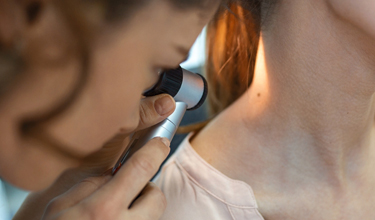

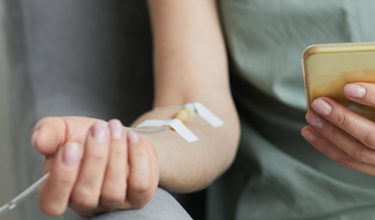
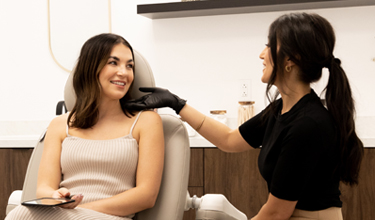
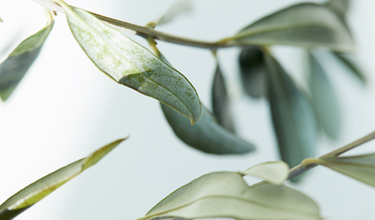

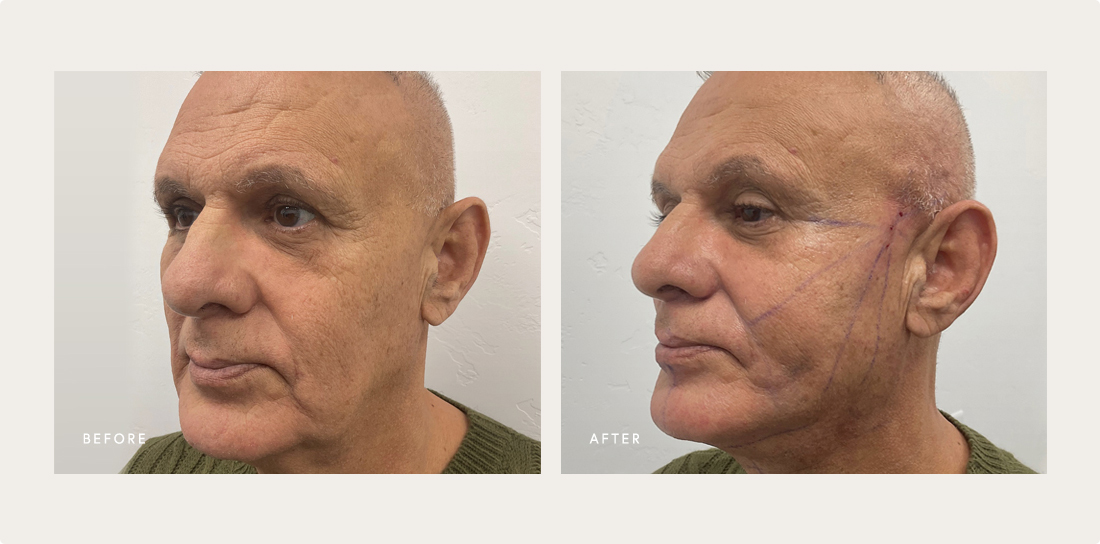

 / 291 Reviews
/ 291 Reviews
socialize with avant
#naturalskin